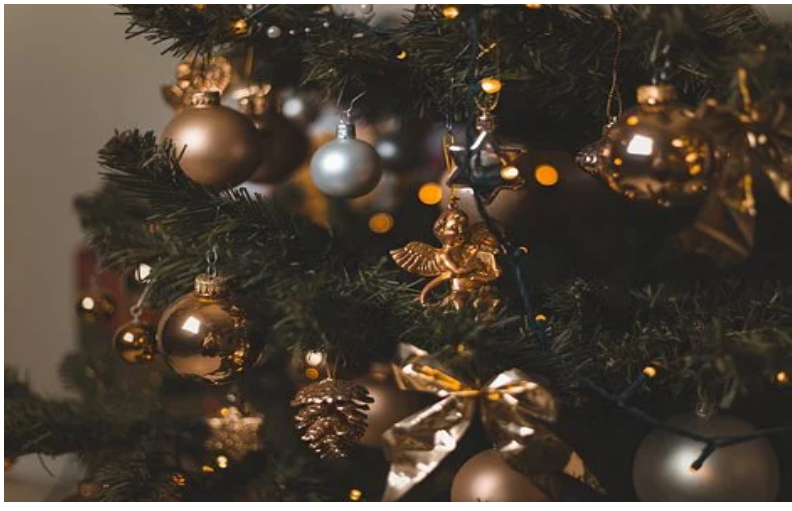Nowadays the Christmas tree is one of the most important and common symbol of Christmas and almost everyone decorates the typical fir tree. But how was this custom born?
The origins of this habit aren’t really clear, the only thing we know is that it has pagan roots. At that time evergreen boughs symbolized the triumph of light and life over darkness and death since it was always green, in Winter too. So, during the cold season they used to adorn a tree as a wish of luck. The Vikings in Northern Europe had a similar tradition: for them the fir tree had something to do with magic and they used to decorate one of those with things that reminded them of Spring, hoping for the return of the sun.
Christians had a symbolic tree, too: the holly that represented the thorns of Jesus Christ’s crown. Later, during the Middle Ages, the fir tree became a symbol of Christ interpreted as an image of lifeblood.
It seems that the first Christmas tree was adorned and exposed in the municipal hall square in the city of Tallinn in Estonia in 1441. All around it, people danced and sang trying to find their twin souls. Some years later this tradition arrived in Germany, where trees were adorned with fruit and flowers made of paper. Even Latvia was one of the first to have a Christmas tree in 1510, when a merchant guild decorated a tree and then burnt it down.
In Italy the first Christmas tree was wanted by Queen Margherita in the nineteenth century and it didn’t take long for it to become a trend in the whole country.
Today having a Christmas tree in the house is a must and a tradition all over the world and beyond this costum there is a real business. In fact, trees are no longer adorned with fruit and homemade ornaments because people like spending a lot of money to buy every decoration needed.
Ginevra Cossi 3BL
